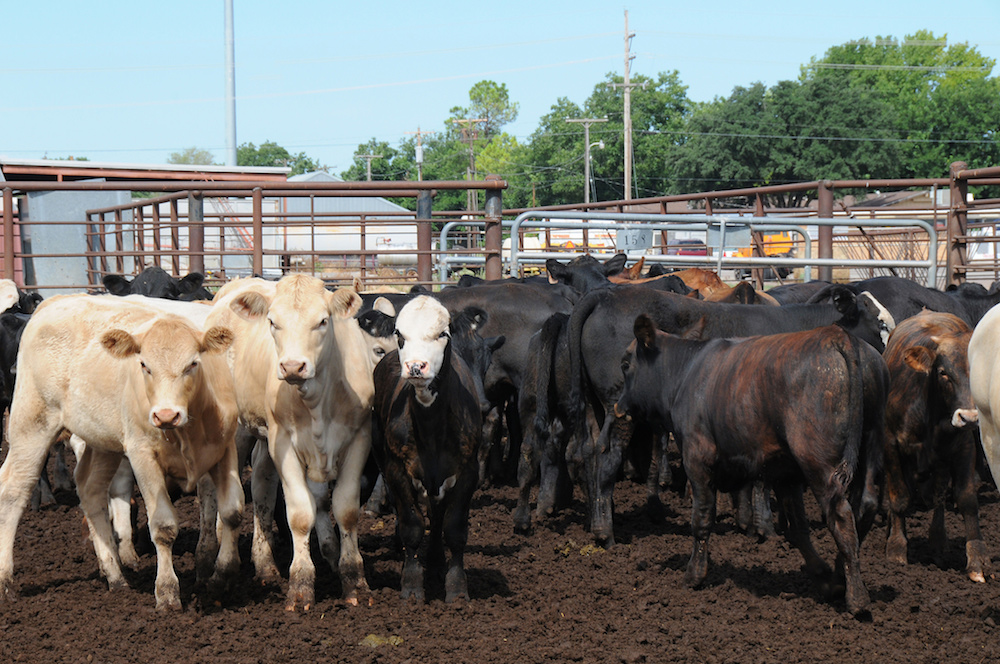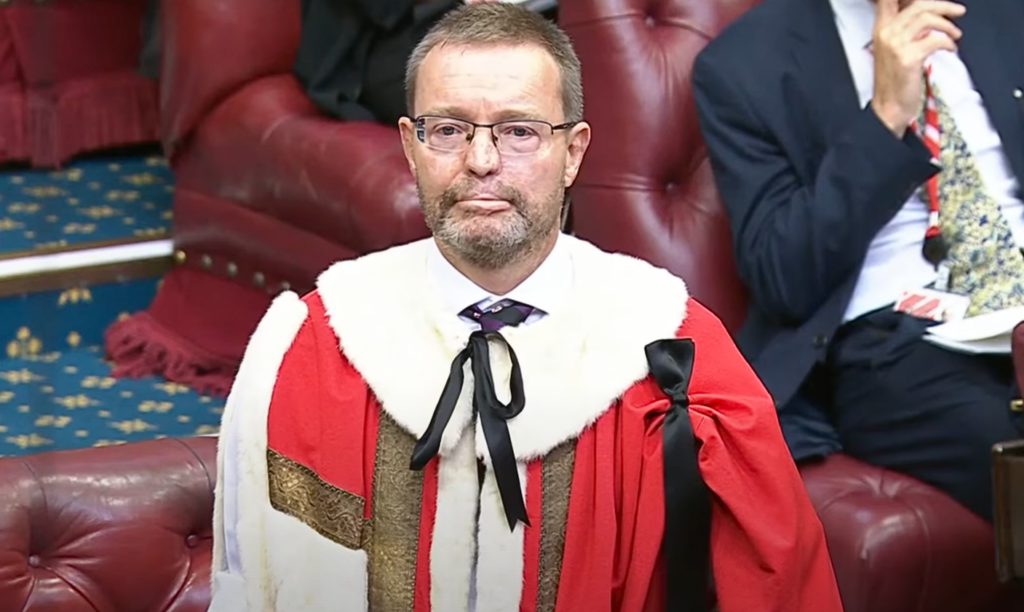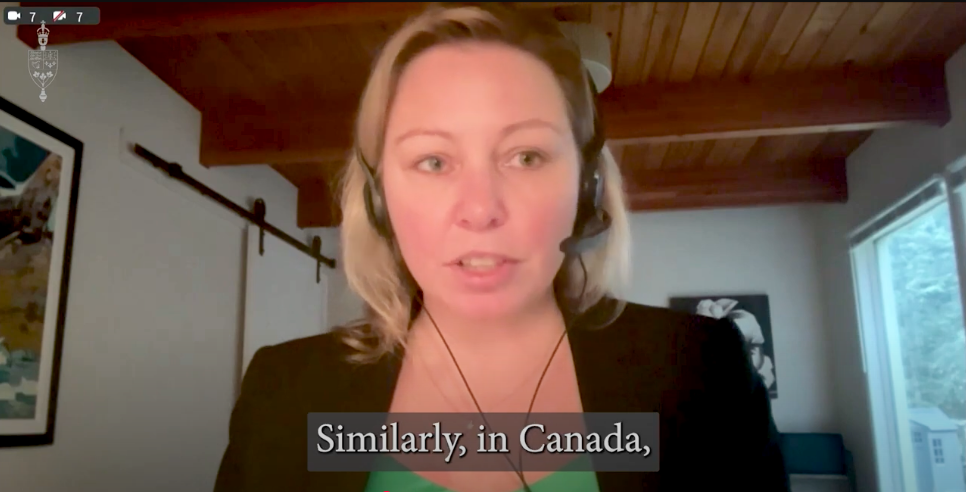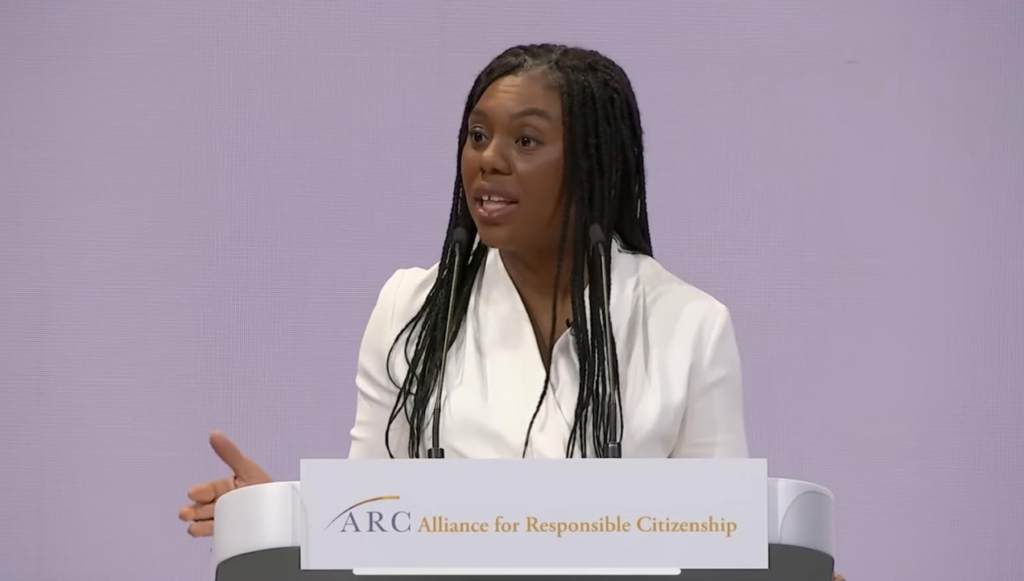Environmental groups place a lot of attention on trying to stop new oil, gas, and coal development since current fossil fuel projects would likely already blow us past the less-than 2°C upper limit for warming laid out in the 2015 Paris Climate Agreement. In fact, there’s a whole movement, known as “Keep It in the Ground,” predicated on this idea.
But when faced with a resurgence of support for fossil fuels from the White House, perhaps just as important is talking about how to “Keep It in the Cow,” according to some reports. Right now, experts predict agriculture is set to eat up half the greenhouse gas emissions the world can release by 2050 and still stay below 2°C (3.6°F) of warming.
That is, unless the world takes a big bite out of its meat consumption, especially from cattle and other livestock that chew their cud, say researchers at Chalmers University of Technology in Sweden. Raising these ruminants produces a lot of methane, a much more potent but shorter-lived greenhouse gas than carbon dioxide.
While “Meatless Mondays” is one approach to this problem, their studies show that it’s not necessarily how much meat people eat that’s linked to the climate impacts of their diet. Instead, it’s the amount of beef, lamb, and dairy.
A 2017 Chalmers study concluded that: “A switch from diets rich in ruminant meat to diets with meat from monogastric animals (pork, chicken) reduces [methane] emissions by almost the same amount as a switch to an entirely vegan diet.” Researchers at the University of Oxford in 2016 found similar benefits, concluding that shifting to a vegetarian diet could lessen greenhouse gas emissions by two-thirds.
(If you want to eat vegan, of course, that’s also an option. In addition, eggs and dairy each have about half the climate impact of eating chicken and beef.)
It’s worth noting that many of these studies don’t take into account the land-use changes that come with supporting different diets. However, the United Nations (UN) Food and Agriculture Organization estimates that about 70 percent of Amazon forest has been converted to pasture for livestock, and the Chalmers researchers note swapping in beans for bovine burgers likely wouldn’t drive an increase in cropland.
Agriculture at UN Climate Talks
Of course, changing what’s on your plate is only one way to cut your diet’s climate impact (though for the U.S., it’s one of the most immediate and arguably easiest ways). Two other major approaches include making farms more productive (though livestock plays a big role here too) and using climate change-mitigating techniques such as planting cover crops that store carbon in the soil.
In addition, the UN climate talks are increasingly bringing agriculture into discussions about reducing greenhouse gas emissions. For example, the 2016 climate talks in Marrakech, Morocco, saw at least 80 sessions touching on agriculture.
This hasn’t always been the case.
“Agriculture has really lagged,” Craig Hanson, director of the food, forests, and water program at the World Resources Institute, told InsideClimate News. “[I]t’s surprising it’s taken so long … But it’s finally happening.”
Furthermore, in 2014 the UN launched the Global Alliance for Climate-Smart Agriculture. However, its efforts appear more focused on helping farmers with productivity and resilience in the face of climate change, while reducing farming’s greenhouse gas contributions comes with the caveat “when possible.”
How much this year’s climate talks in Bonn, Germany, will touch on agriculture remains to be seen.
Global Health Down on the Farm
Industrial livestock production, or factory farming, has also been called out specifically for both its climate and public health consequences. In May, about 200 experts in fields ranging from medicine to climate research published an open letter asking that the next leader of the World Health Organization (WHO) tackle the global health effects of climate change.
The letter states: “Although many previous attempts to tackle factory farming have been largely framed around animal welfare or environmental concerns, we believe that limiting the size and adverse practices of factory farming is also central to improving global health.”
In addition to climate change, it goes on to list antibiotic resistance and the rise of obesity and non-infectious diseases (e.g., diabetes) among the harmful fallout of factory farming. The letter continues:
“Climate change does not recognize borders and neither do drug-resistant infectious diseases. Although they contribute least to the global burden of animal farming, the world’s poorest countries are also the most vulnerable to rising water levels, natural disasters caused by climate change, food insecurity, and infectious diseases.”
Encouragingly, the WHO’s new director-general, Dr. Tedros Adhanom Ghebreyesus, lists addressing the health impacts of climate and environmental change as one of his priorities.
Of course, this issue has been on the radar of the WHO for a while. First published in 2000, the agency updated its assessment of climate change’s health impacts in 2014. This latest version found that “climate change is expected to cause approximately 250,000 additional deaths per year between 2030 and 2050.” The organization cites childhood malnutrition, malaria, diarrhea (from lack of safe water), and heat exposure as the primary causes of those deaths. However, it likely underestimates the full health impacts from climate change.
In addition, switching how your meat is produced doesn’t necessarily address its climate footprint. Environmental economist Fredrik Hedenus of Chalmers University authored several of the studies on beef and dairy’s climate contributions mentioned earlier. He says that producing the same level of meat by “grazing animals [is] not better from a climate perspective compared to intensive factory farming. On the other hand, without factory farming the high level of consumption would not be possible.”
The world is already feeling the impacts of a changing climate after becoming, on average, just 1.8°F (1°C) warmer than before we started burning massive quantities of coal, oil, and gas. With our already slim chances of avoiding “dangerous” global warming, the science suggests we can’t afford to leave food and farming off the negotiating table.
Main image: Beef cattle in an Oklahoma feedlot. Credit: Alice Welch, U.S. Department of Agriculture, public domain
Subscribe to our newsletter
Stay up to date with DeSmog news and alerts







